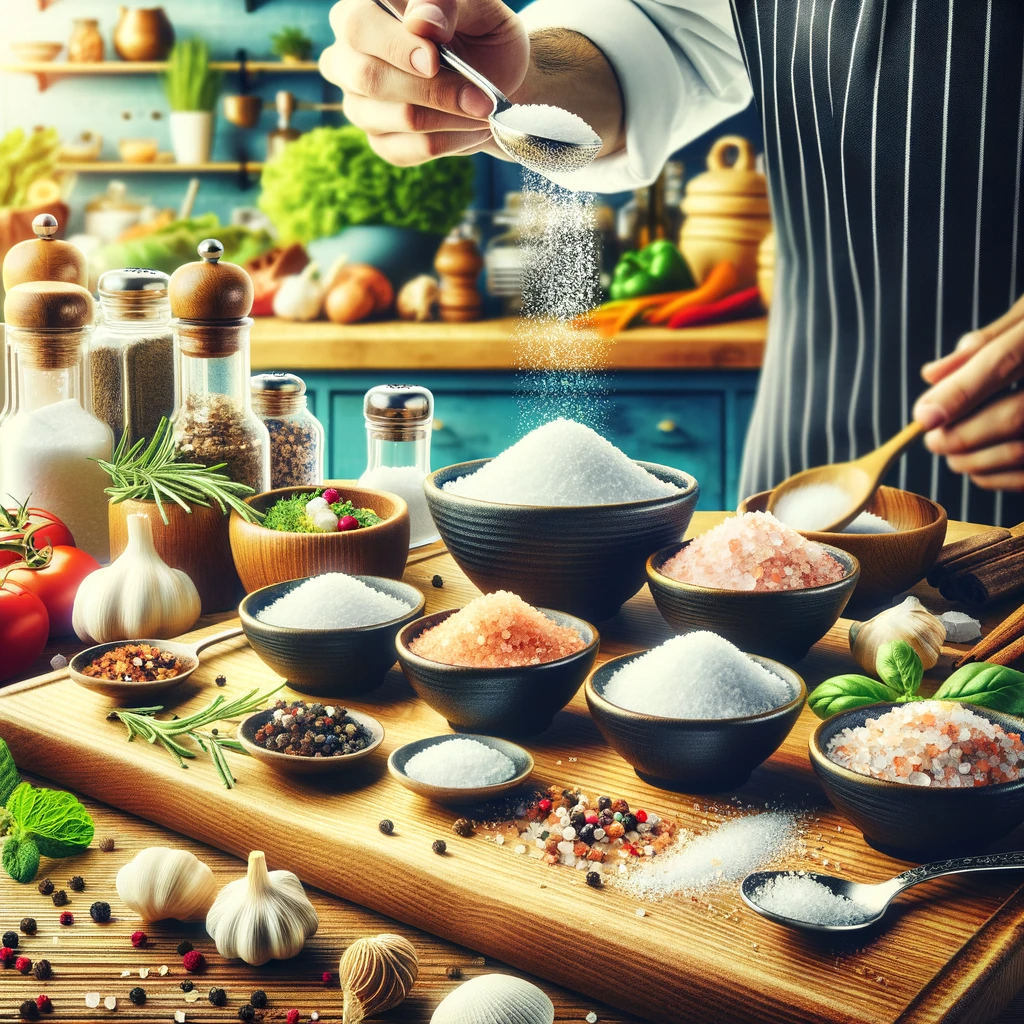Introduction: When it comes to cooking, salt is a ubiquitous ingredient that often takes center stage in our culinary creations. But what many people may not realize is that the way salt interacts with other spices can significantly impact the flavor and overall success of a dish. In this article, we will delve into the fascinating world of the relationship between salt and other spices and how to achieve the perfect balance of flavors in your cooking.
- Understanding the Role of Salt: Salt is more than just a seasoning; it plays a crucial role in enhancing and intensifying the flavors of other ingredients. Its primary function is to bring out the natural tastes in food by blocking the bitter receptors on our taste buds. This allows us to perceive the sweetness and other nuances of different spices and ingredients more effectively.
- The Science of Flavor Enhancement: To achieve the perfect balance of flavors, it’s essential to understand the science behind it. When salt is added to a dish, it not only enhances the existing flavors but also helps to meld them together. This synergy between salt and other spices can transform a bland dish into a culinary masterpiece.
- Experimenting with Spice Combinations: Different spices have distinct flavor profiles, ranging from sweet and savory to spicy and bitter. By experimenting with various combinations of spices and salt, you can create unique and exciting flavor profiles that cater to your taste preferences.
- Using Salt as a Flavor Enhancer: Instead of using salt as the primary flavor in your dishes, consider it as a flavor enhancer. Start with a small amount and gradually add more as needed to avoid over-salting your food. This allows the other spices to shine while salt works in the background, enhancing their flavors.
- Balancing Salt with Sweetness: Achieving the right balance between salt and sweetness is crucial in many recipes. Salt can help offset excessive sweetness in dishes like desserts or sweet sauces, creating a harmonious blend of flavors.
- Contrasting Flavors for Depth: Salt also plays a vital role in creating depth and complexity in your dishes. Experiment with contrasting flavors, such as pairing salty and sour or salty and spicy ingredients, to add layers of taste to your meals.
- Tips for Salt and Spice Integration:
- Taste as you go: Regularly sample your dish as you add salt and spices to ensure the desired flavor balance.
- Use kosher or sea salt: These salts have a more subtle and clean taste compared to table salt.
- Consider texture: Different types of salt (fine, coarse, flaky) can impact the texture of your dishes as well as the flavor.
- Conclusion: The relationship between salt and other spices is a delicate dance that can elevate your culinary creations to new heights. Understanding how salt enhances and interacts with different flavors is the key to achieving the perfect balance of ingredients in your cooking. So, don’t be afraid to experiment and let your taste buds guide you on a flavorful journey in the kitchen.
Incorporating these tips into your cooking repertoire will help you become a master of balancing ingredients and creating dishes that leave a lasting impression on your palate. So, go ahead, spice things up, and let salt be the secret ingredient that elevates your culinary creations to a whole new level.
